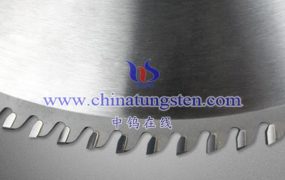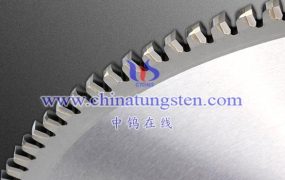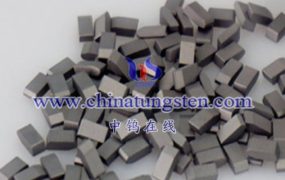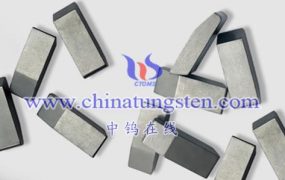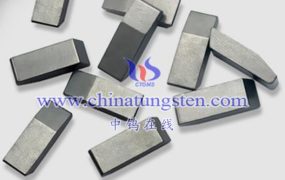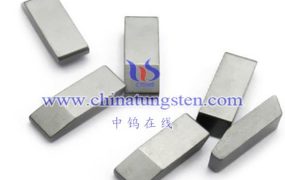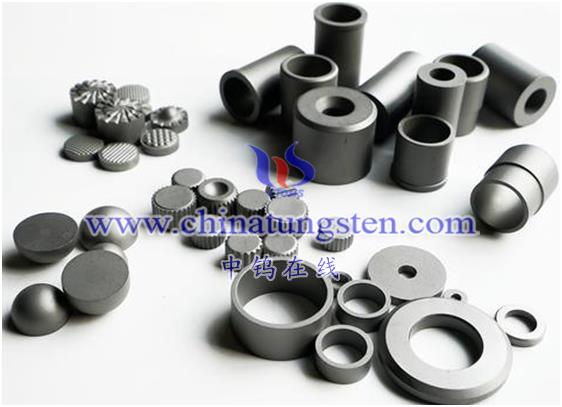
The sintering temperature and time of cemented carbide have a significant impact on its flexural strength. Generally speaking, the flexural strength of cemented carbide will first increase and then decrease as the sintering temperature increases, and the sintering time will also affect the flexural strength of cemented carbide.
When the sintering temperature is low, the carbides and binder phase in the cemented carbide have not yet been completely melted, so the hardness of the alloy is lower and the flexural strength is also lower. As the sintering temperature increases, the carbides and binder phases gradually melt and fully diffuse, the hardness of the alloy gradually increases, and the flexural strength also increases accordingly. However, when the sintering temperature is too high, the carbides in the cemented carbide will dissolve and grow excessively, resulting in a reduction in the hardness and flexural strength of the alloy. In addition, cemented carbide will creep at high temperatures, which will also lead to a reduction in its flexural strength.
Regarding the sintering time, if the sintering time is too short, the carbide and bonding phases have not yet fully diffused, and the hardness and flexural strength of the alloy may be lower. If the sintering time is too long, excessive dissolution and growth of carbides may occur, which will also reduce the hardness and flexural strength of the alloy.
Therefore, in the production process of cemented carbide, the sintering temperature and time need to be reasonably controlled to obtain the best hardness and flexural strength. The specific sintering process needs to be determined based on factors such as the composition, particle size and production equipment of the cemented carbide.
More details of tungsten carbide product, please visit website: http://tungsten-carbide.com.cn/
Please contact CHINATUNGSTEN for inquiry and order of tungsten carbide:
Email: sales@chinatungsten.com
Tel.: 86 592 5129595
